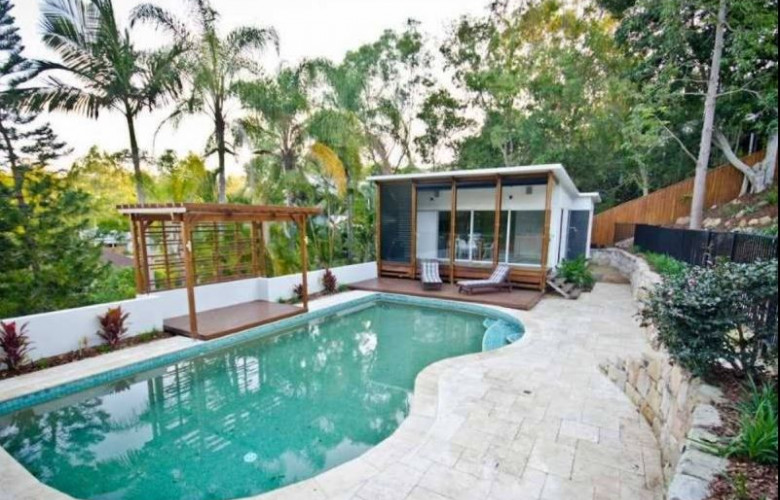Is there granny flat growth potential at your property?
Contact
Is there granny flat growth potential at your property?
More than half a million home owners across Australia’s eastern seaboard have enough space on their property to build a granny flat, according to data from CoreLogic and Archistar.ai
Brisbane, Sydney and Melbourne home owners who want to boost their property's value and generate extra rental income may already have the means to do so, according to a new report.
Combined analysis by CoreLogic and Archistar.ai identified 583,440 properties in Sydney, Melbourne and Brisbane that meet the criteria for an additional self-contained unit of at least 60 square meters.
Constructing a two-bedroom granny flat would require an initial investment of around $200,000, while the outlay for a one-bedroom dwelling would be approximately $120,000.
At a glance:
- A new report from CoreLogic and Archistar.ai has found that more than half a million home owners across Australia's eastern seaboard have enough space on their property to build a granny flat.
- A granny flat typically rents out for less than the price of a standard apartment, making it an attractive and affordable option for renters on a budget.
- Constructing a two-bedroom granny flat would require an initial investment of about $200,000, while the outlay for a one-bedroom dwelling would be about $120,000.
According to the data, a granny flat has the potential to boost home values by 30 per cent and add about 27 per cent to rental income.
CoreLogic Head of Research, Tim Lawless, said building a granny flat was becoming an increasingly compelling proposition for homeowners in a relatively lacklustre market.
"Not only can it help to manufacture new capital gains, but it has the potential to generate rental income while meeting demand for more affordable housing," he said.
“Many properties identified as suitable for a granny flat are in densely populated and traditionally expensive areas, such as Sydney’s Northern Beaches or Hornsby.
"More granny flats on the rental market will make it easier for young people to stay in their preferred area, rather than move further afield to find value for money."
A granny flat in Mudgereeba, Queensland. A seen on The Home Page.
A granny flat typically rents out for less than the price of a standard apartment, making it an attractive and affordable option for renters on a budget.
Archistar.ai co-founder Robert Coorey said granny flats had wider economic benefits for renters who wanted to access popular suburbs without paying a premium.
“Many home-owners are sitting on a pot of gold in the form of excess land that could be developed to generate a new income stream," he said.
“The family benefits of a secondary residency can’t be overlooked, whether that’s giving adult children more privacy while they save for a mortgage, keeping loved ones close as they become more reliant on care, or having additional accommodation for overseas visitors.
"Capitalising on this untapped potential for half a million additional dwellings could also deliver far-reaching economic and social benefits, including greater employment opportunities for builders and other tradespeople."
Similar to this:
How ArchiStar is helping property professionals find residential development hot spots
ArchiStar.ai survey offers property developer industry snapshot
Introducing the ‘next generation of RP Data’: our latest proptech innovation






